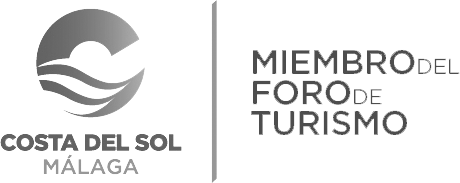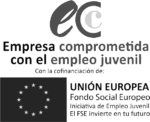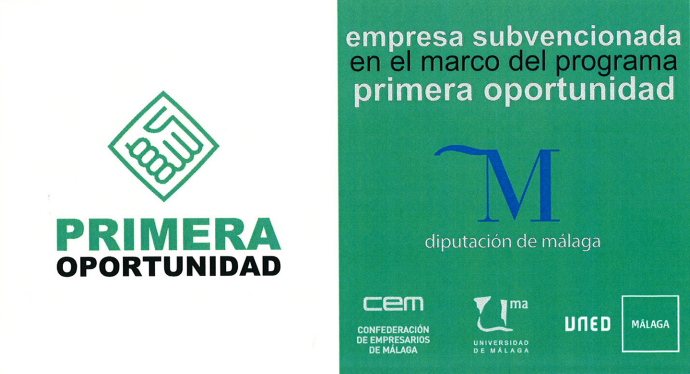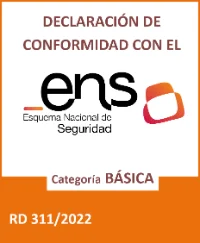In today's post we are going to talk to you about the latest Market Research that have been carried out in Malaga in 2018In particular, we will focus on two of them: one carried out by the Chair of Brotherhood Studies at the University of Málaga on the Easter and another on the language tourism at Malaga carried out by Tourism and Planning Costa del Sol.
Market Research on Easter Week in Malaga
The Easter Week in Malaga generates an impact of 82.3 million for the city, registering in 2016 1.1 million visits by 381,000 peopleand also created 1,059 jobs mainly in the service sector: restaurants, hotels...
The Market research This year's survey has focused on measuring the number of people who come to the capital with the motivation to follow the processions in the street, whether they are locals, Spaniards or foreigners. According to this data, it has been verified that the 53.1 million euro direct impact y the induced is 29.2 million.
The average visit is three daysbeing the thursday and friday the most visited days. Of the visitors, the profile is as follows 85% are from Malagawith an average age of 40 yearsthe 58% does it as a family27.2% are members of a confraternity and 15% take part in a procession.
The average expenditure per person is as follows: the resident spends 45.14 euros100 euros a day. Tourist spends 89.34 euros and the hiker 45,71 euros. Tourists account for 5.6% of visits, the majority are nationals and of these, more than half are Andalusian, followed by British, German and French.
From the second Market research we are going to talk about is the study of language tourismThe report highlights the fact that the number of students interested in learning Spanish in the province of Málaga in 2015 was 13,500 and this number increased to 29.300 in the past financial year. This activity provides a profit of 111.8 millionof which the 56,3% is of direct production and the rest indirect.
However, Malaga is behind Barcelona and Salamanca in terms of the number of students, with an increase of between 15% and 20%. However, the province of Malaga is the second in Spain after Barcelona in terms of the number of accredited Spanish schools.
According to the study, Malaga has 28 centres for foreignersof which 23 are primarily accredited by the Cervantes Institute. This means that Malaga accounts for almost half of the supply of Spanish language centres for foreigners in Andalusia and 15% of the total in Spain.
In terms of the origin of tourists, the most numerous is Germany, followed by the United Kingdom and Italy. The average daily expenditure of these visitors is 93,74€the full cost of the trip being 2.542,68€, the average stay is 27.1 days and the average age is 22.7 years.









